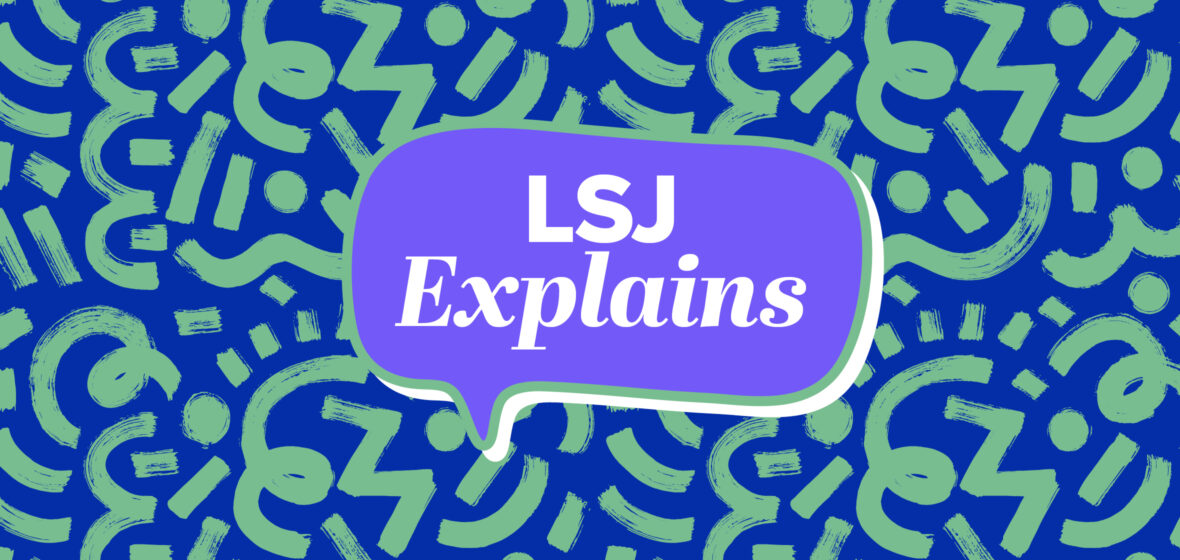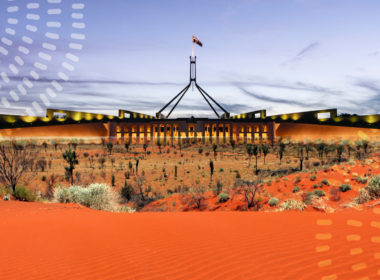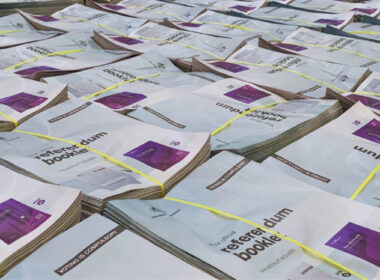Paul Kildea, Associate Professor at UNSW Law and Justice, is an expert in public law. He outlines the history and the mechanics of referendums, and how the referendum on the Voice could play out in a change to the Constitution.
For many Australians, the Voice referendum will be the first time they have cast a vote in this manner.
The last referendum held in Australia was in 1999, on whether to become a republic. More than 20 years later, the Voice referendum is tipped to be held in October.
“If you are under 40, you haven’t voted in a referendum before,” Paul Kildea, Associate Professor at UNSW Law and Justice, told the LSJ Explains podcast.
“I think for everyone we need a bit of a civics refresher because we perhaps have forgotten what it means to vote in the referendum, and what are the sorts of things that are helpful for us to know as we prepare to cast our vote on referendum day.”
Kildea explained the first stage of the referendum was completed by the Parliament last month, triggering the timeline for the vote.
“First of all, you need the Parliament to consider and approve a proposed amendment to the Constitution … the proposed constitutional change to bring about the Voice has now passed the House and Senate. Now it’s over to us as the people,” he said.
The referendum needs to be held between two and six months from the 19 June, the day it passed both houses of the Commonwealth Parliament.
“That proposal needs to be put to a referendum within six months and for it to pass, there needs to be what is called ‘approval by a double majority’ … a proposal needs approval from a majority of voters nationally, plus a majority of voters in a majority of states,” Kildea said.
“The way the Constitution works is that if you would like to change it, you need to put that change in a Bill, and then that proposed amendment is put to the people for them to answer ‘yes’ or ‘no’ to.”
Hear more about this from Kildea as he speaks to LSJ in this podcast.




